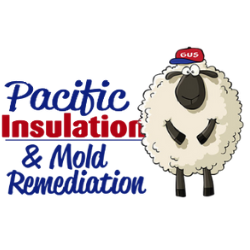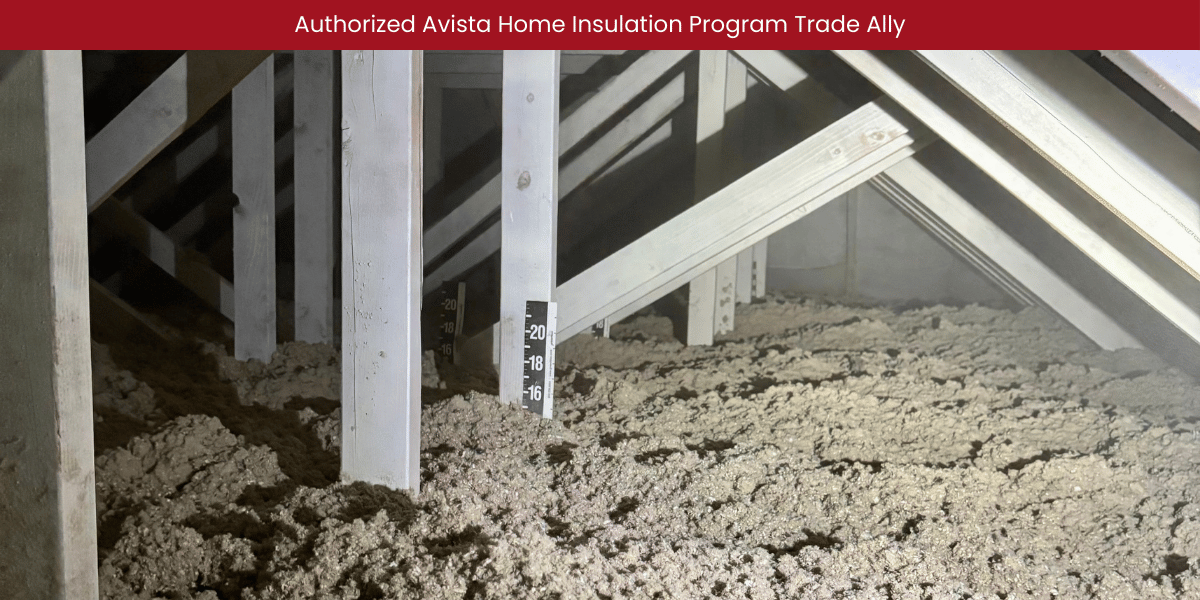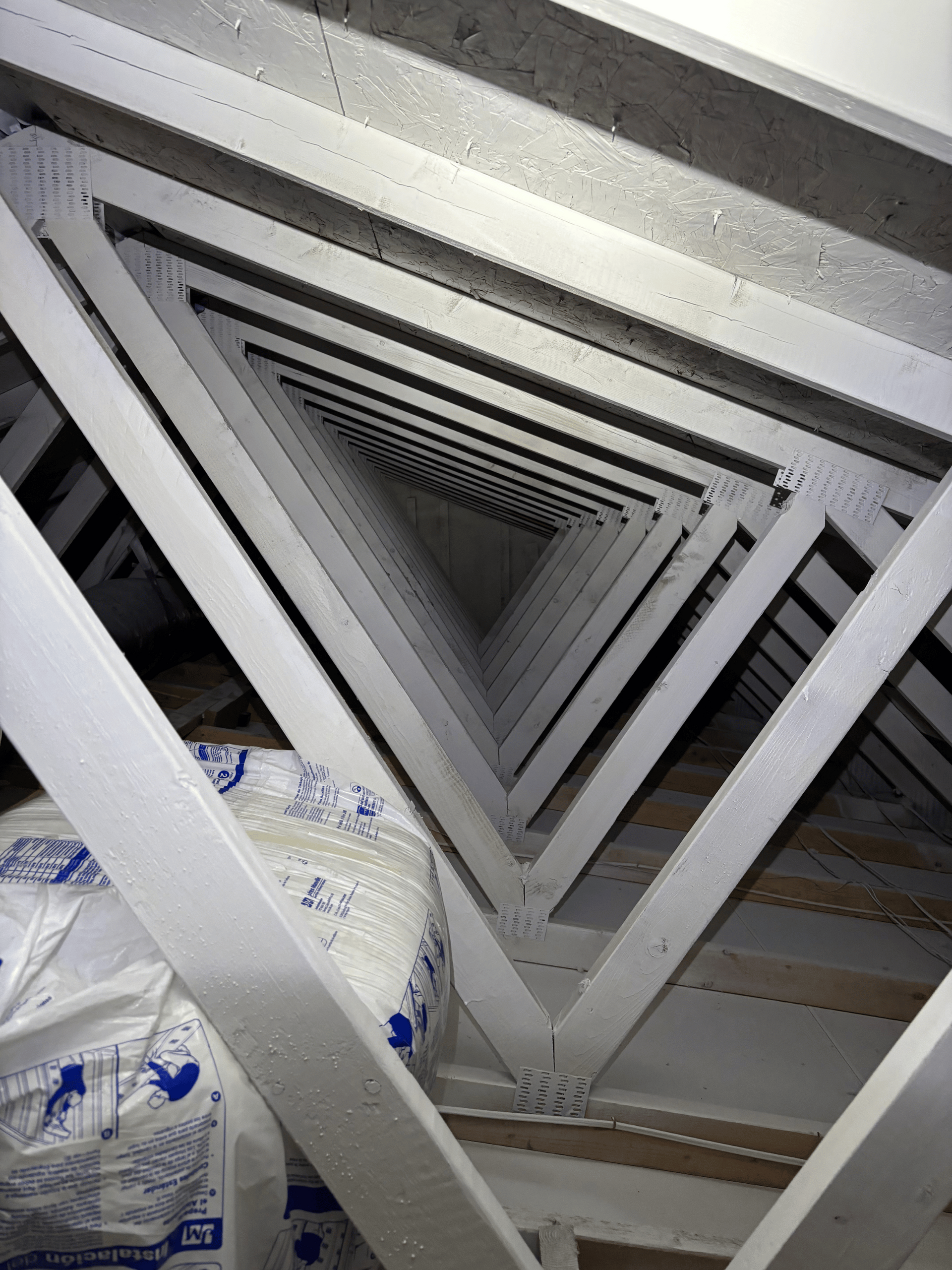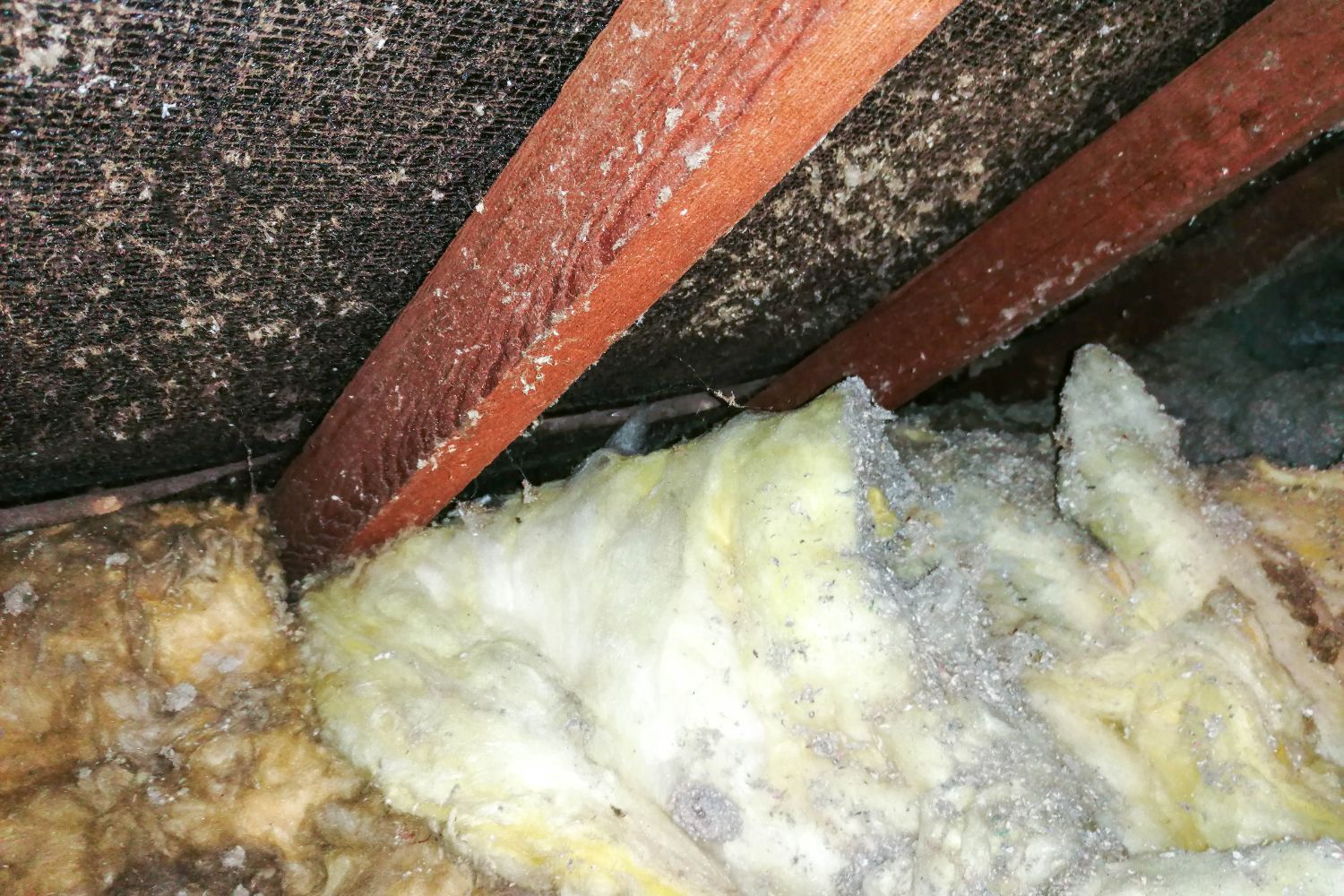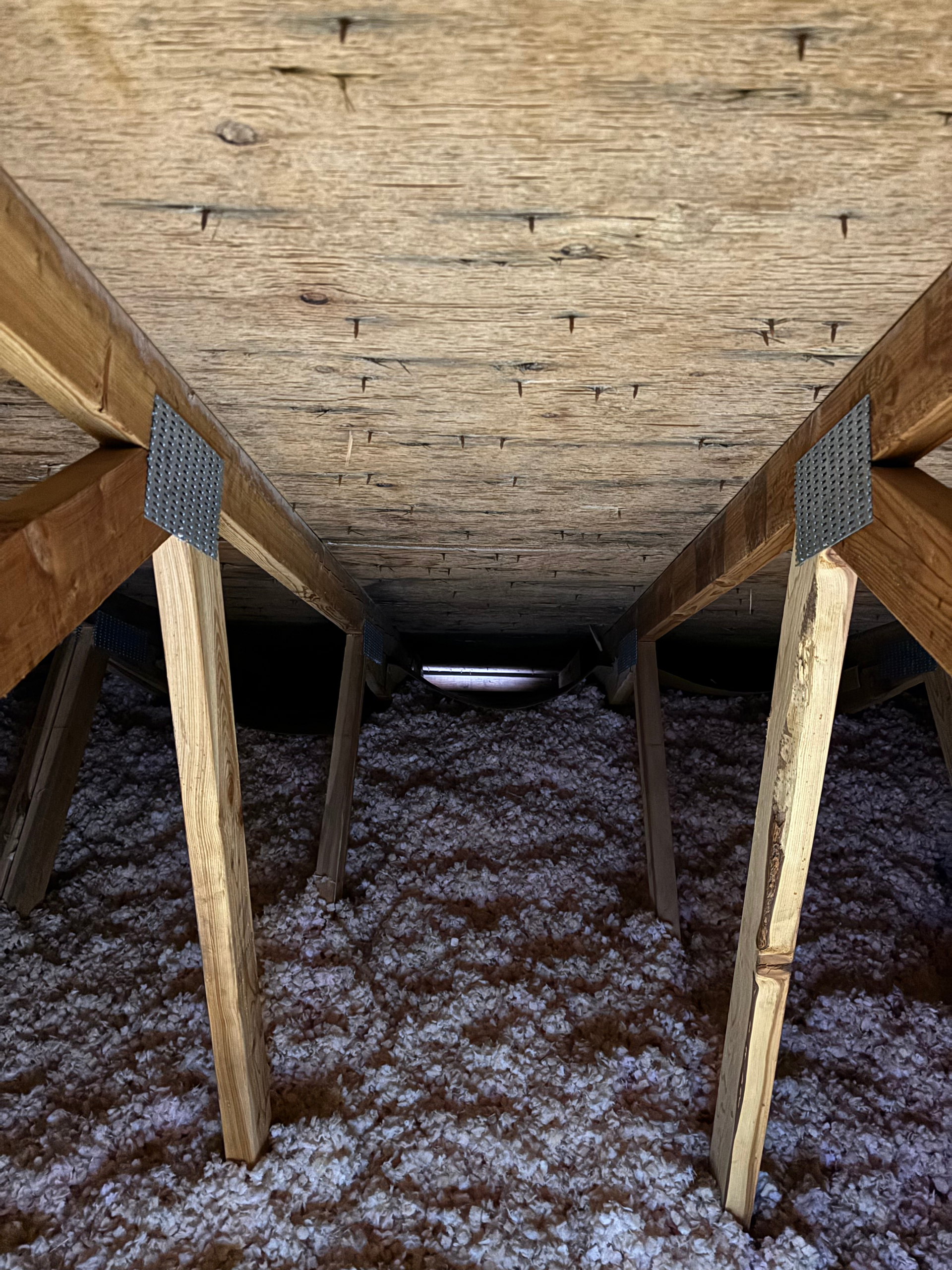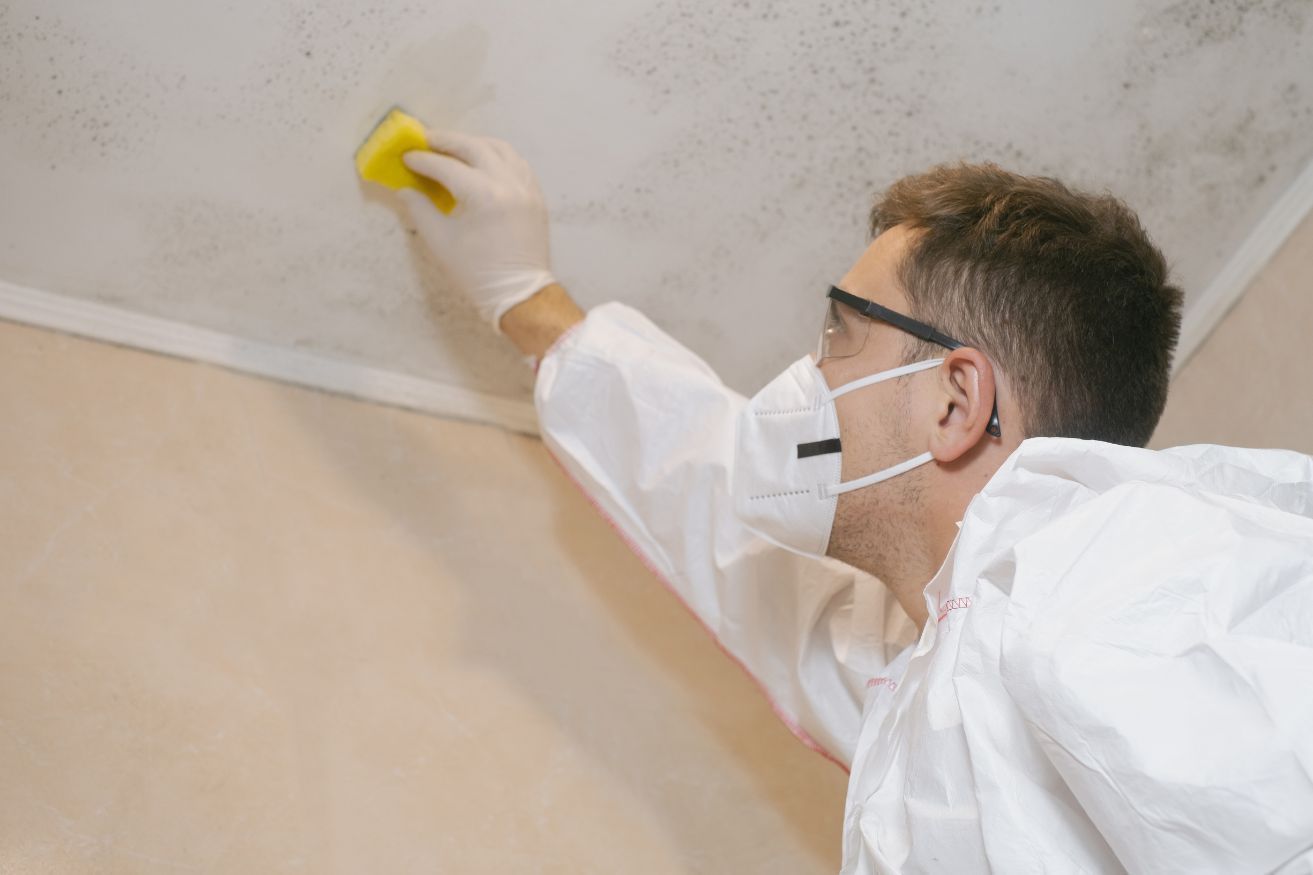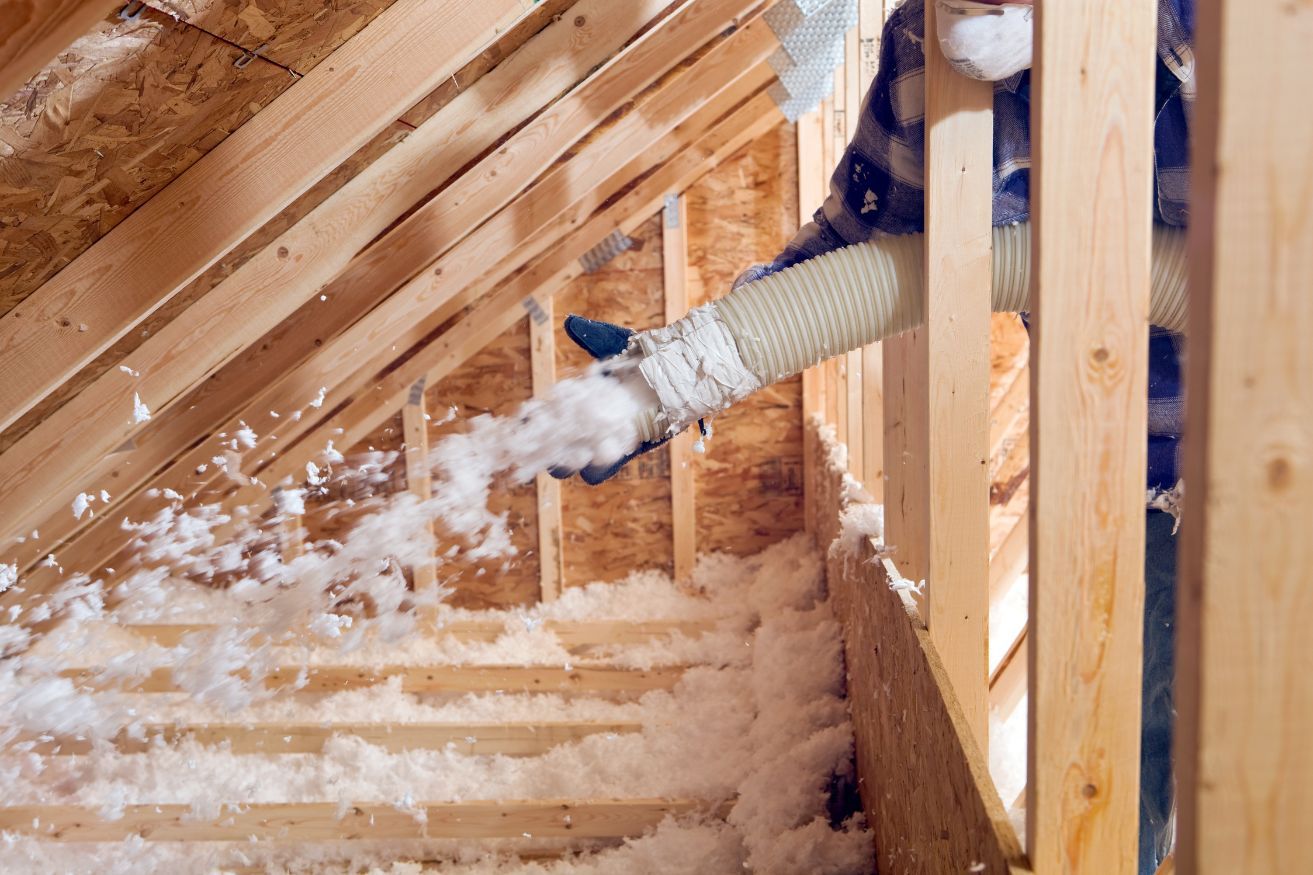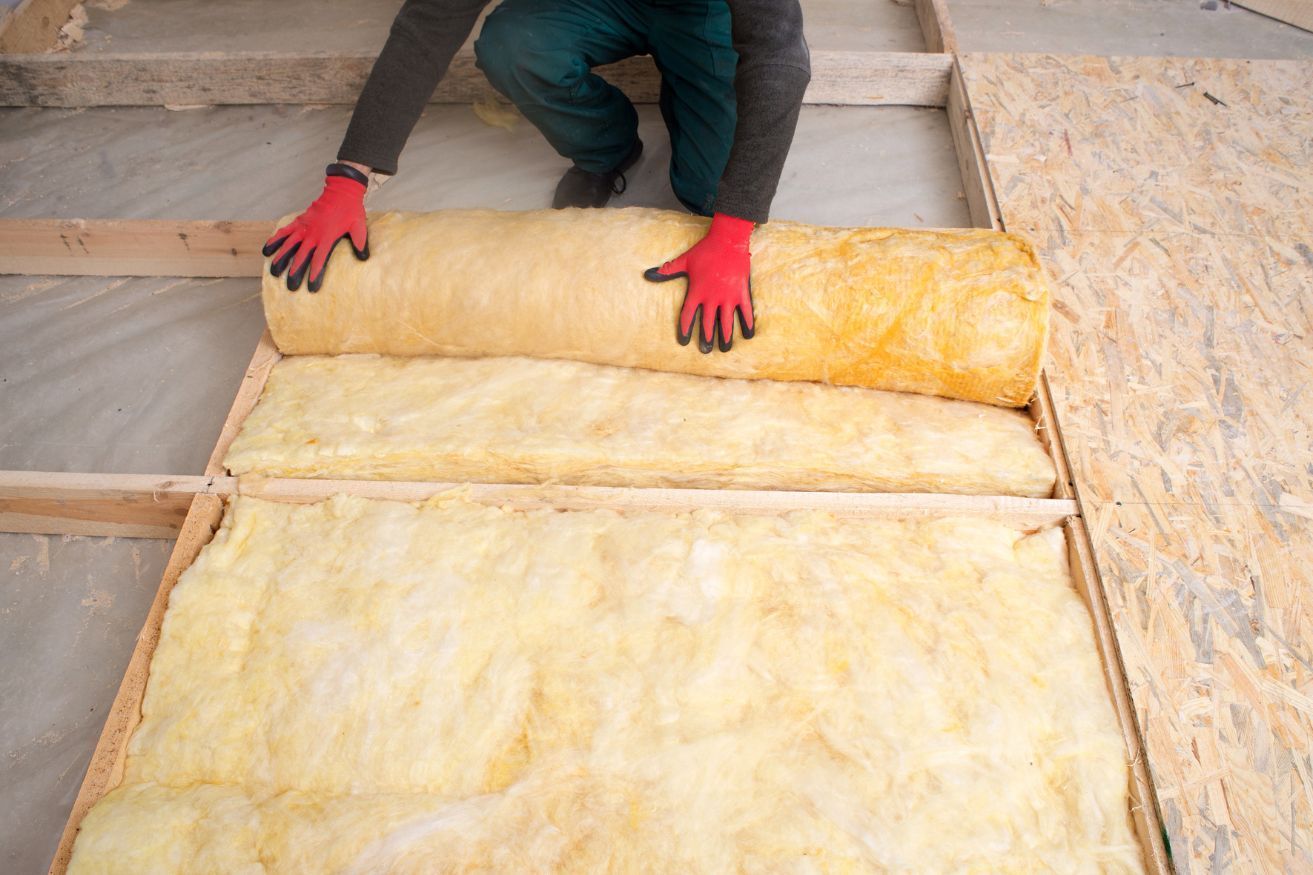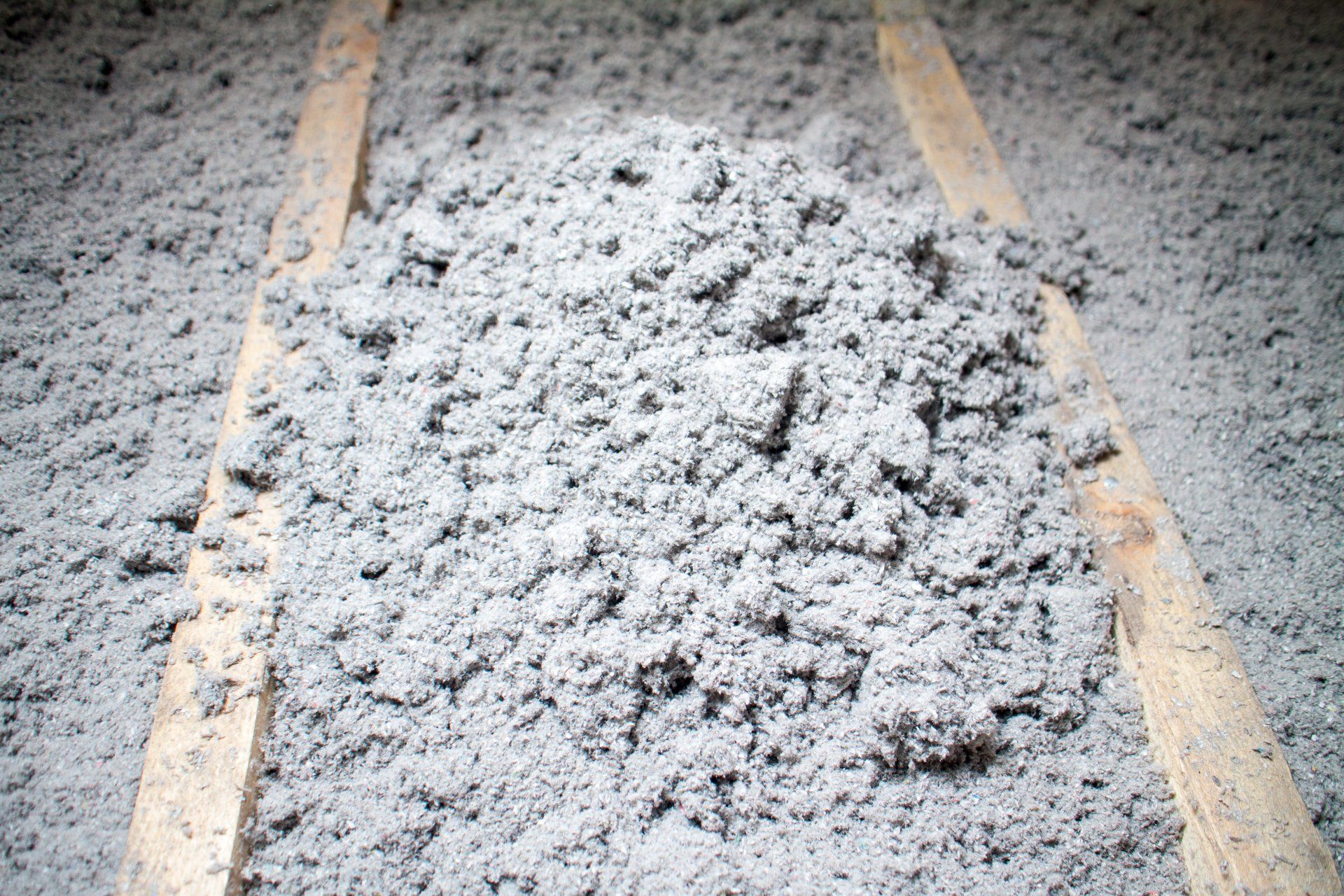Shortcomings of Mold Foggers
Attic mold foggers might sound like a quick-fix miracle in a can—but the truth is, they’re often more smoke than solution. Here’s a straight-up breakdown of the shortcomings of mold foggers when it comes to attic mold:
🚫 1. They Don’t Eliminate the Source
Mold grows because of moisture and poor ventilation. Foggers don’t fix:
- Roof leaks
- Bathroom fans dumping into the attic
- Blocked soffits
- Air leaks from the home into the attic
No matter how much fog you pump up there, the mold’s coming back if the conditions stay the same.
⚠️ 2. No Physical Mold Removal
Foggers do not scrub, lift, or remove mold colonies. They only coat surfaces. Mold still needs to be:
- Brushed off
- Vacuumed with a HEPA system
- Treated with antimicrobial agents
Dead mold spores can still trigger allergies and health issues—so leaving them there isn’t a win.
🪵 3. Poor Penetration on Porous Surfaces
Attics are full of raw, porous wood—rafters, sheathing, joists. Foggers often can’t penetrate deep enough into the wood grain where mold roots have taken hold. That means:
- Spores may survive inside the wood
- Regrowth is likely, especially in humid climates
🧴 4. Short-Term Fix, No Residual Protection
Most over-the-counter foggers don’t leave behind a long-lasting antimicrobial barrier. Unlike encapsulation with mold-killing primers, foggers offer:
- No surface sealing
- No moisture resistance
- No long-term protection
🧯 5. False Sense of Security
Because foggers leave a scent and the mold "looks better," homeowners may think the problem is solved—but the underlying issue remains. This delays real remediation and can lead to much worse (and more expensive) problems later.
💸 6. Cost vs. Effectiveness
For DIYers, foggers aren’t cheap—and they don’t replace:
- Proper insulation removal
- Real mold remediation
- Ventilation correction
So you're spending money to mask the problem rather than fix it.
✅ Bottom Line:
Foggers may help with odor control or surface disinfecting, but they’re not a standalone solution for attic mold. Real mold remediation requires:
- Source control (leaks, ventilation)
- Physical removal
- Disinfection with EPA-registered products
- Sealing with mold-resistant primers
- Insulation replacement if contaminated
